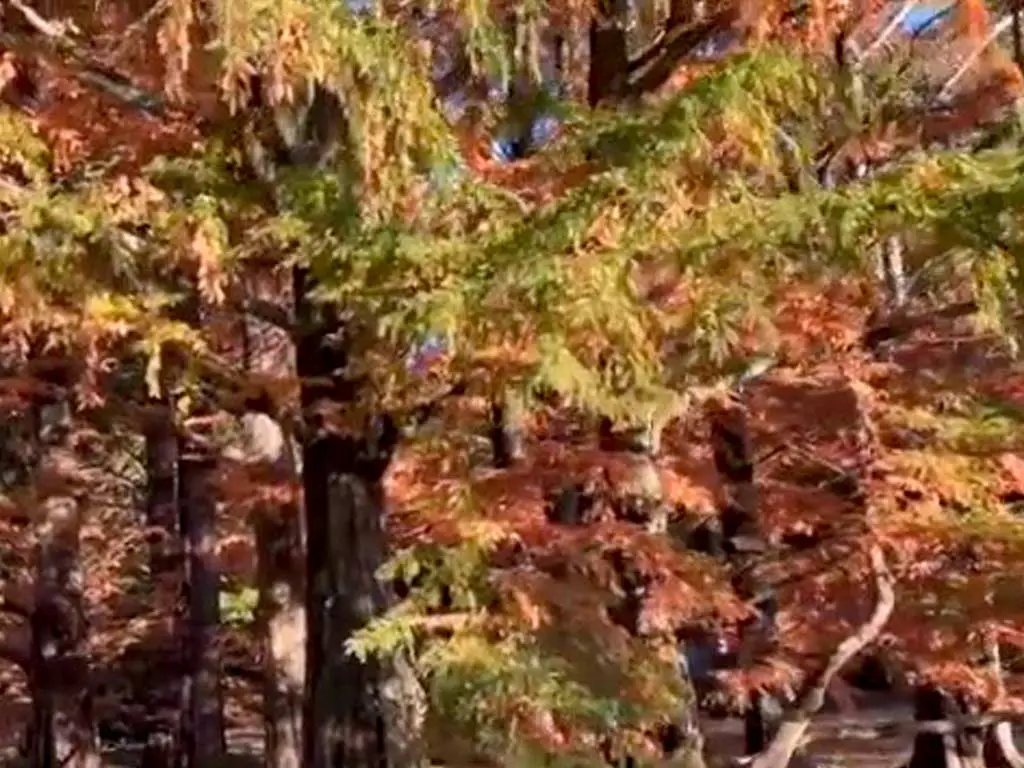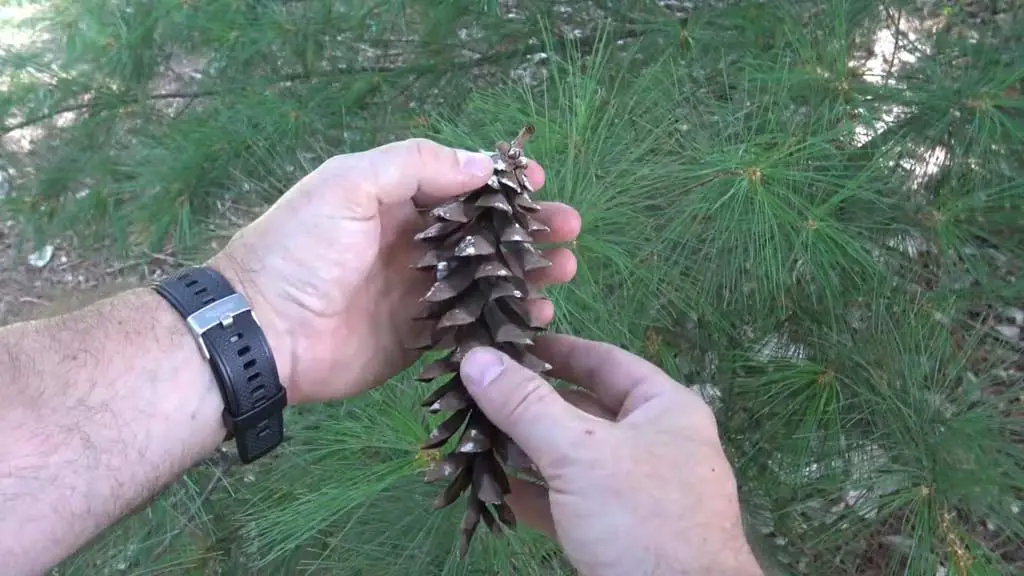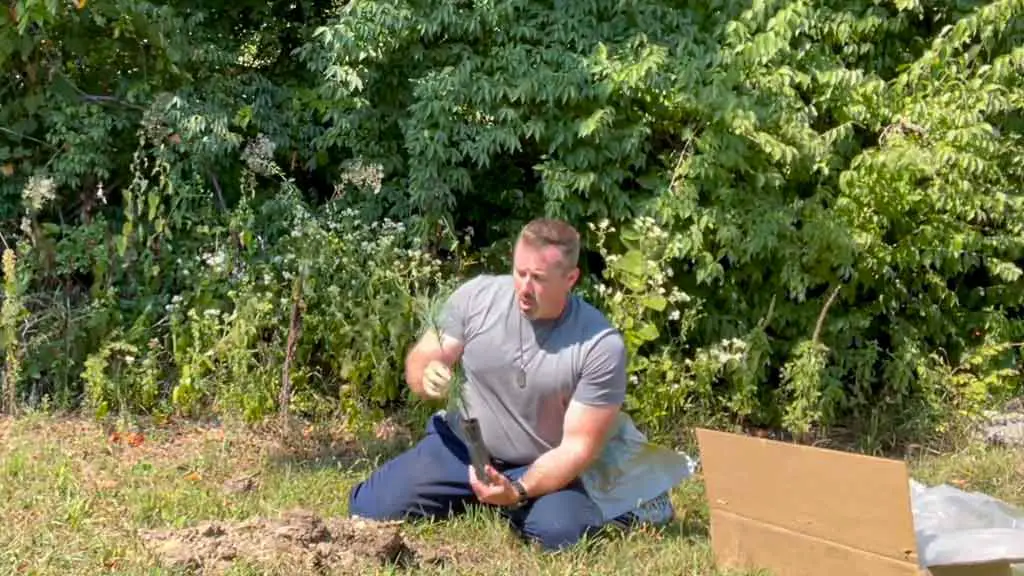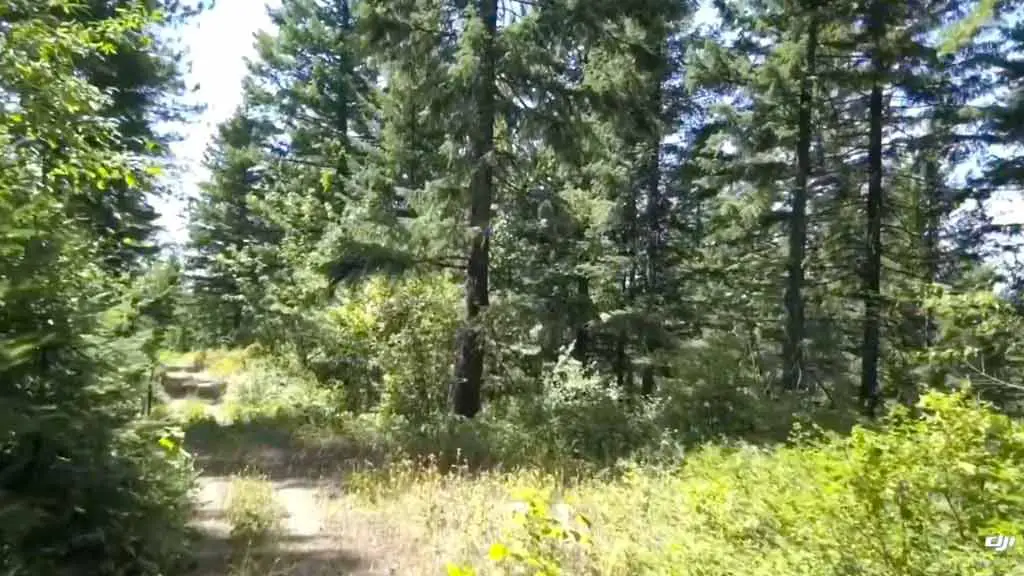Pine trees, despite the city environment and varying weather, can survive and even thrive in Washington, DC, showcasing their adaptability and strength. With the right care and suitable surroundings, they can contribute to the city’s beauty and ecosystem.
The ability of pine trees to flourish in unexpected locations underscores nature’s resilience and adaptability. Their resilience makes pine trees a great addition to urban landscapes, offering both aesthetic appeal and environmental benefits.
Proper maintenance and a conducive environment can help these trees thrive in Washington, DC, enhancing the city’s greenery and overall well-being.
Furthermore, the diverse species of pine trees available can cater to different preferences and requirements, ensuring that there is a suitable option for every urban setting in Washington, DC.
By selecting the appropriate type of pine tree and providing adequate care, residents can enjoy the many benefits these trees offer while contributing to the city’s overall green initiative.

Types of Pine Trees Suitable for Washington DC
When considering the types of pine trees that can thrive in Washington DC’s unique environment, several varieties stand out for their adaptability and resilience. Let’s explore three prominent examples below:
Eastern White Pine (Pinus strobus)

The Eastern White Pine, scientifically known as Pinus strobus, is a popular choice for Washington DC due to its versatility in different soil types and growth conditions.
With its soft, blue-green needles and rapid growth rate, it adds a touch of elegance to the urban landscape while providing excellent shade and wind protection.
In addition to its adaptability to urban environments, the Eastern White Pine’s resilience to pests and diseases makes it a low-maintenance option for landscaping in Washington DC. Its tolerance to varying light conditions ensures thriving growth in different parts of the city.
Loblolly Pine (Pinus taeda)
Known for its tall stature and large, dense crown, the Loblolly Pine (Pinus taeda) is another suitable option for Washington DC. This tree species thrives in various soil types, including wet soils, making it adaptable to the city’s changing environmental conditions.
Its evergreen foliage and ability to grow quickly make it a favorite for landscaping projects in the area. The Loblolly Pine (Pinus taeda) is known for its resilience and adaptability, which allows it to thrive in the diverse soil types and environmental conditions of Washington DC.
This makes it a popular choice for landscaping projects in the area due to its rapid growth and lush evergreen foliage.
Shortleaf Pine (Pinus echinata)

The Shortleaf Pine, known as Pinus echinata, thrives in Washington DC’s climate and soil. Its moderate growth rate and unique bark texture make it visually appealing in parks and residential areas.
Due to its adaptability to drought and varied light conditions, it is a resilient choice for urban settings in the capital. For homeowners and landscapers looking to incorporate native trees into their yards, the Shortleaf Pine is an excellent option to consider.
Its ability to thrive in Washington DC’s climate and soil conditions make it a low-maintenance and visually appealing choice for urban environments.
Environmental Conditions Affecting Pine Trees in DC
Environmental conditions significantly influence the growth and health of pine trees in Washington DC’s urban setting. Here are the key factors that impact these trees:
Climate and Weather Patterns
In Washington DC, pine trees face a humid subtropical climate with hot, humid summers and cool winters. These trees thrive in the region’s average annual precipitation of about 39 inches, ensuring they have an adequate water supply throughout the year.
Additionally, the city experiences four distinct seasons, providing pine trees with the necessary temperatures for growth and dormancy cycles.
With mild spring and fall seasons, followed by hot summers and cold winters, pine trees in DC can adapt well to these varied weather conditions.
Soil Types and Quality
The soil composition in Washington DC varies, but pine trees usually prefer well-drained, slightly acidic soils. While the city’s urban environment may present challenges like compacted soil and pollution, proper soil maintenance and care can help pine trees flourish.
Ensuring good soil quality with organic amendments and mulching can improve the soil structure and fertility, providing pine trees with essential nutrients for growth.
By monitoring soil conditions and implementing appropriate measures, pine trees in DC can thrive despite the urban landscape challenges.
Planting and Caring for Pine Trees in Washington DC

When considering planting pine trees in Washington DC, it’s essential to follow the best practices to ensure their successful growth and longevity. Here are some tips to help you with planting and caring for pine trees in the DC area:
Best Planting Practices
When planting pine trees, especially in urban environments like Washington DC, following best practices ensures successful establishment and long-term health. Here are the essential steps for planting pine trees:
- Choose the Right Location: Select a spot that receives ample sunlight and has well-drained, slightly acidic soil as pine trees thrive in such conditions.
- Proper Depth: When planting a pine tree, ensure that the hole is no deeper than the root ball and twice as wide to allow for healthy root growth.
- Watering Schedule: Initially, water the newly planted pine tree regularly to establish the roots. Once established, water deeply but infrequently to encourage deep root growth.
- Mulching: Mulch around the base of the tree to retain moisture, regulate soil temperature, and discourage weed growth.
- Avoid Compacted Soil: Prevent soil compaction around the tree by avoiding excessive foot traffic or machinery near the planting site.
Ongoing Care and Maintenance
Ongoing care and maintenance are crucial for the health and longevity of pine trees in Washington DC. Here are essential practices to follow after planting:
- Pruning: Regularly prune your pine tree to remove dead or damaged branches and maintain its shape. Pruning also promotes air circulation and sunlight penetration.
- Fertilization: Consider fertilizing your pine tree in the spring to provide essential nutrients for healthy growth. Use a slow-release fertilizer specifically formulated for evergreen trees.
- Pest Control: Keep an eye out for common pests that can affect pine trees, such as pine beetles or aphids. Consult with a local arborist if you notice any signs of infestation.
- Monitoring: Regularly monitor the health of your pine trees for signs of stress, such as discolored needles or stunted growth. Address any issues promptly to prevent further damage.
- Winter Protection: In colder months, protect your pine trees from extreme weather conditions by wrapping sensitive young trees and providing additional mulch around the base for insulation.
By following these planting and care practices, you can help your pine trees thrive in the unique environmental conditions of Washington DC.
Challenges Faced by Pine Trees in Urban Areas
In urban areas like Washington DC, pine trees encounter specific challenges that can impact their growth and overall health.
Air Pollution

Pine trees in urban environments, including Washington DC, are exposed to higher levels of air pollution compared to trees in rural settings.
Pollutants such as ozone, nitrogen dioxide, and sulfur dioxide can have detrimental effects on pine trees, causing leaf discoloration, stunted growth, and increased susceptibility to diseases and pests.
It’s essential to monitor air quality in urban areas and take measures to mitigate pollution to support the well-being of pine trees.
Limited Growing Space
Another significant challenge for pine trees in urban areas is the limited growing space available for their root systems to spread and establish.
In cities like Washington DC, where buildings, pavements, and underground utilities restrict root growth, pine trees may struggle to access sufficient nutrients and water from the soil. This constraint can lead to root girdling, poor anchorage, and decreased tree stability.
Implementing techniques like root pruning, selecting compact tree varieties, and utilizing innovative planting methods can help pine trees adapt to limited growing spaces in urban environments.
Benefits of Growing Pine Trees in Washington DC
Pine trees offer various benefits when grown in Washington DC, contributing to both the ecosystem and the overall aesthetic and economic aspects of the area.
Ecosystem Benefits
Growing pine trees in Washington DC offers numerous ecosystem benefits that enhance the urban environment and contribute to ecological health. Here are the key ecosystem advantages:
- Air Quality Improvement: Pine trees help improve air quality by absorbing carbon dioxide and releasing oxygen during photosynthesis. They also act as natural air filters, trapping pollutants and particulate matter.
- Biodiversity Support: Pine trees create habitats for various bird species and small mammals, enhancing biodiversity in urban environments like Washington DC.
- Soil Conservation: The deep root systems of pine trees prevent soil erosion, protecting the ground from degradation in areas where urbanization can lead to soil loss.
Aesthetic and Economic Benefits
The aesthetic and economic benefits of growing pine trees in Washington DC are significant, contributing to both the visual appeal of the cityscape and its economic vitality. Here’s a detailed look at these advantages:
- Scenic Beauty: Pine trees enhance the visual appeal of Washington DC, providing greenery and a sense of tranquility to urban settings.
- Property Value: The presence of well-maintained pine trees can increase property values in residential and commercial areas, making them attractive investments for property owners.
Frequently Asked Questions
Which pine tree varieties are adaptable to Washington DC’s urban environment?
Eastern White Pine, Loblolly Pine, and Shortleaf Pine are adaptable to Washington DC’s urban environment due to their resilience and ability to thrive in challenging conditions.
What are important factors to consider when planting pine trees in Washington DC?
Selecting the right location with adequate sunlight, providing proper watering, mulching, regular pruning, fertilization, pest control, monitoring tree health, and implementing winter protection practices are crucial for successful pine tree planting in Washington DC.
What are the primary challenges faced by urban pine trees in Washington DC?
Urban pine trees in Washington DC face challenges such as air pollution, limited growing space, and environmental stressors that can impact their growth and health.
How can I ensure the health and longevity of pine trees in Washington DC?
To ensure the health and longevity of pine trees in Washington DC, it is essential to monitor air quality, mitigate pollution, practice root pruning, select compact tree varieties, and utilize innovative planting techniques for optimal tree care and maintenance.
Conclusion: Viability of Growing Pine Trees in Washington DC
To successfully plant pine trees in Washington DC, it is essential to consider factors like soil evaluation, selecting native varieties, proper care practices, monitoring tree health, winter protection, and supporting biodiversity.
Additionally, enhancing air and soil quality, boosting property value, and considering sunlight and water exposure are important aspects.
Practices such as mulching, pruning, and monitoring pests and diseases play a crucial role in ensuring the long-term health and vitality of the trees in the urban environment, leading to benefits like improved air quality, increased property values, and enhanced biodiversity with regular maintenance.
Regular maintenance of pine trees in Washington DC, including practices like mulching, pruning, and monitoring pests and diseases, is crucial for ensuring their long-term health and vitality in the urban environment.
This not only improves air quality but also boosts property values and promotes biodiversity.




Allison Brice